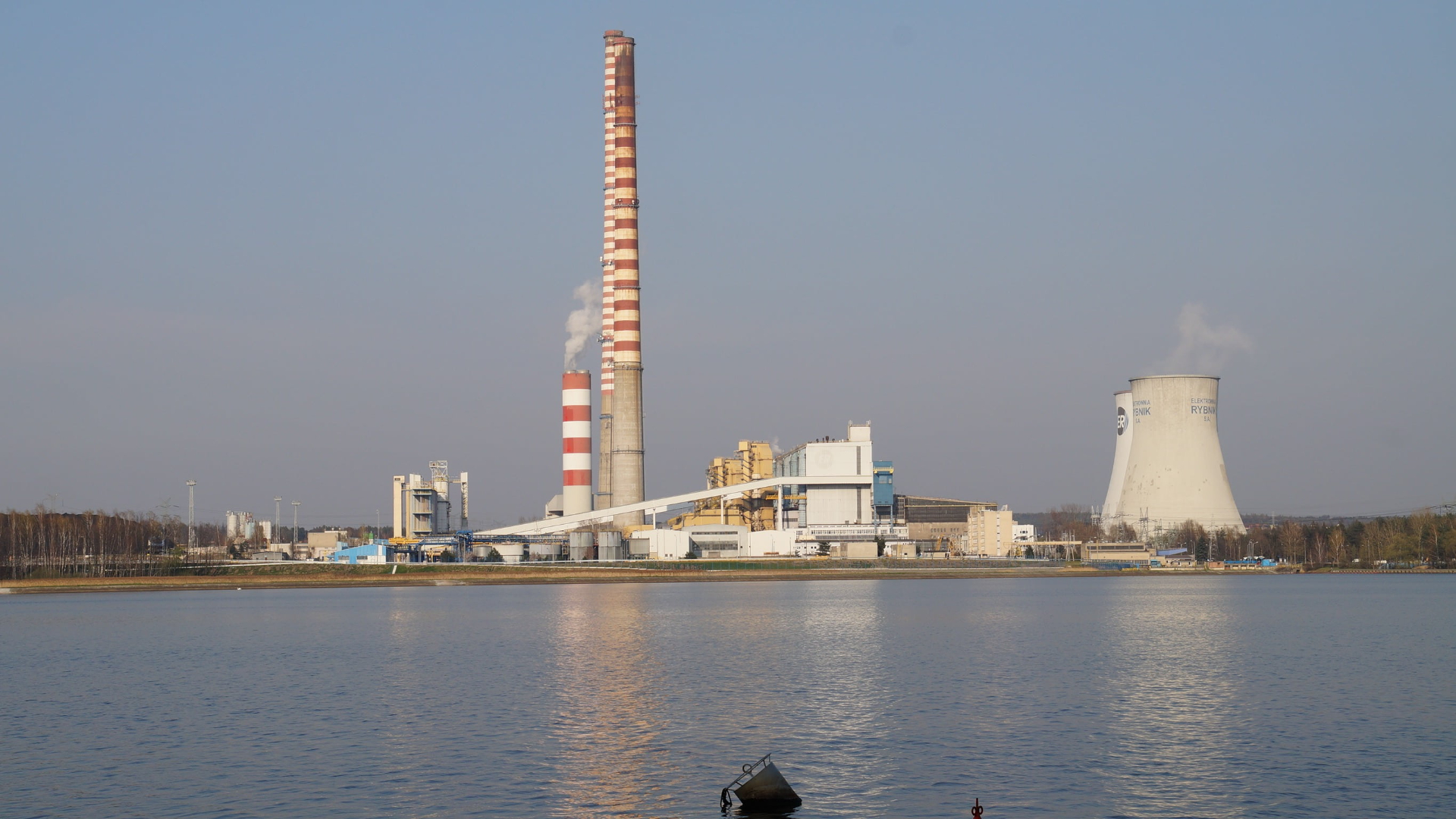The basic methods of sewage treatment are mainly divided into three categories: physical treatment, chemical treatment, and biological treatment, each with its unique principles and application scenarios. Here is a detailed analysis of these three methods:
1、 Physical processing
Principle: Remove suspended solids, floating particles, and large particulate matter from wastewater through physical means without changing the chemical properties of pollutants.
Common techniques:
Grille filtration
Function: Intercept larger solid particles in sewage, such as tree branches, plastic bags, etc., to prevent blockage of subsequent treatment equipment.
Precipitation method
Function: Utilize gravity to naturally sink suspended solids in sewage to the bottom, forming a sludge layer, while clean water flows out from the top.
Air flotation method
Function: Introduce tiny bubbles into the sewage, causing suspended solids to adhere to the bubbles and float up to the water surface with them, achieving solid-liquid separation.
Filtration and adsorption
Function: Use porous media (such as sand, activated carbon, etc.) to filter sewage, further removing suspended solids and colloidal substances.
Application scenario: Mainly used in the preprocessing stage to remove large impurities and protect subsequent equipment.
2、 Chemical treatment
Principle: By adding chemical agents to wastewater, the chemical properties of pollutants are changed, causing them to undergo precipitation, redox reactions, and other reactions, thereby achieving the goal of removal.
Common techniques:
coagulant sedimentation
Function: Add coagulants (such as aluminum salts, iron salts, etc.) to condense colloidal particles and suspended solids in wastewater into larger particles and precipitate them.
oxidation-reduction method
Function: Use oxidants (such as chlorine, ozone, etc.) or reducing agents to react with harmful substances in wastewater, converting them into non-toxic or low toxicity substances.
Zhonghe Law
Function: Adjust the pH value of sewage, neutralize acidic or alkaline substances, and reduce corrosion to subsequent treatment equipment.
Adsorption method
Function: Use porous solid substances (such as activated carbon) to adsorb harmful substances in wastewater, achieving the purpose of purification.
Application scenario: For specific pollutants such as heavy metals, oils, etc., the reaction is rapid but may produce by-products.
3、 Biological processing
Principle: Utilizing the metabolic process of microorganisms to decompose organic matter and nutrients in wastewater, converting them into simple inorganic substances to purify the wastewater.
Common techniques:
activated sludge process
Function: By continuous aeration, the organic matter in the sewage is fully in contact with the microorganisms in the activated sludge, and the metabolic process of microorganisms is utilized to decompose it into harmless substances such as carbon dioxide and water.
biofilm process
Function: Form a biofilm on the surface of the filler or medium, and when sewage flows through, the microorganisms on the biofilm absorb and degrade the organic matter in it.
anaerobic digestion
Function: Under anaerobic conditions, utilizing the metabolic activity of anaerobic bacteria to decompose organic matter in wastewater into gases such as methane and carbon dioxide, while achieving the goal of removing organic matter and stabilizing sludge.
Application scenario: Economical and environmentally friendly, widely used in urban sewage treatment and industrial wastewater treatment.
4、 Combination process
In practical applications, due to the presence of multiple pollutants in wastewater, a single treatment process often fails to achieve ideal treatment results. Therefore, multiple process combinations are often used, such as a comprehensive process of physical treatment, chemical treatment, and biological treatment, to ensure that the effluent quality meets the standards.
By scientifically combining physical, chemical, and biological treatment methods, pollutants in wastewater can be efficiently removed, achieving the recycling of water resources. In practical operation, appropriate treatment methods and processes should be selected based on the water quality characteristics and treatment requirements of the sewage.

生化膜反应器4-scaled.jpg)

生化膜反应器14-scaled.jpg)


